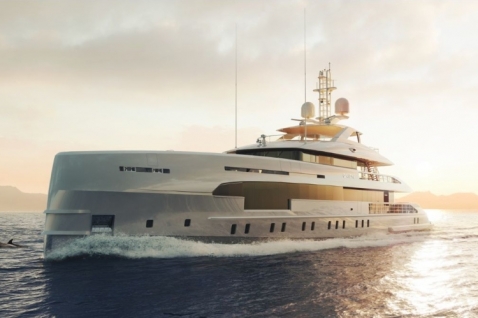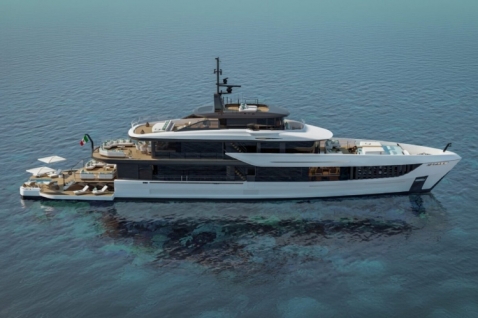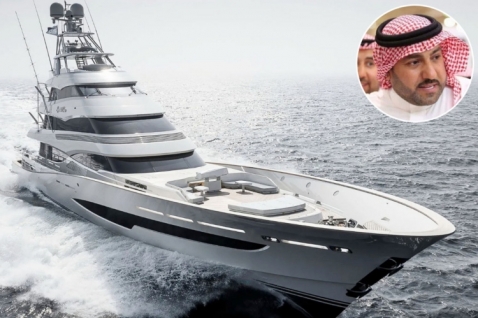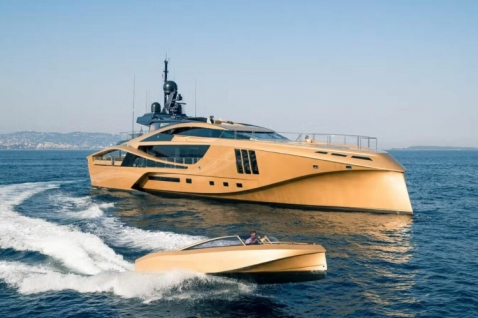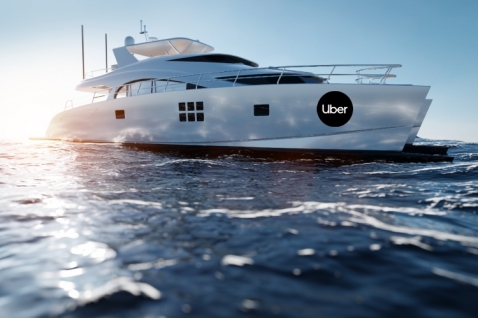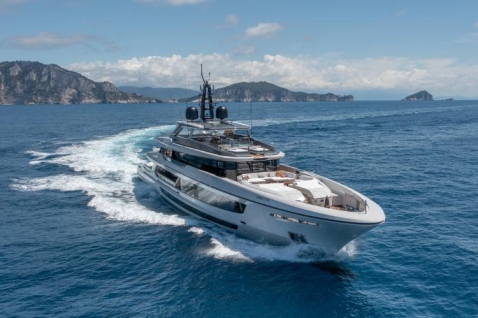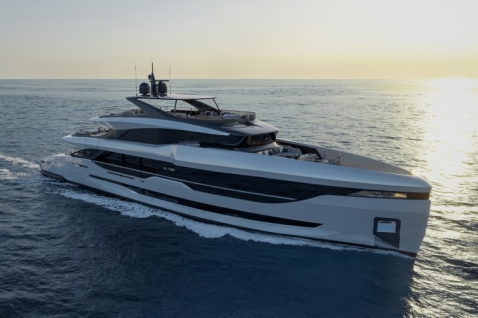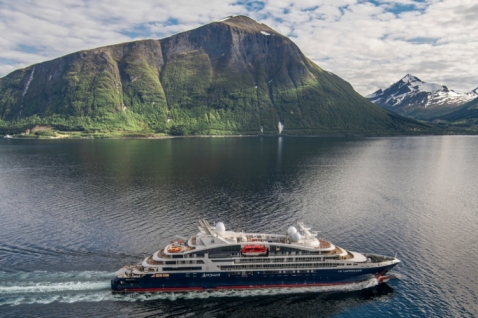The super-yacht "Koru," owned by centibillionaire and Amazon founder Jeff Bezos, is a unique example of luxury and technological sophistication, but it also has a massive ecological footprint...
This yacht, the largest sailing vessel in the world at 127 meters in length, took three years to build. While it utilizes wind power thanks to its enormous sails, "Koru" also uses two MTU engines for propulsion when the sails are not in use, further contributing to pollution.
This vessel emits an astonishing 7,150 tons of CO2 annually, which is 1,500 times more than the average person. To illustrate, the average person emits about 4.7 tons of CO2 over 365 days. Additionally, due to the lack of a helipad on "Koru," Bezos commissioned a $75 million support vessel "Abeona." "Abeona" contains all the necessary toys, including a helicopter, and is powered by two 16-cylinder diesel MTU engines producing 3,046 horsepower, thereby generating additional harmful emissions.
Oxfam International has highlighted the issue of massive carbon dioxide emissions by billionaires. Through the corporations they own, billionaires emit a million times more CO2 than the average person. They often favor investments in heavily polluting industries, such as fossil fuels, further increasing their ecological footprint.
This example only confirms the broader problem of global inequality in carbon dioxide emissions. The wealthiest 1% of emitters produce over 1,000 times more CO2 than the poorest 1%. This wealth disparity between billionaires and ordinary people is clearly reflected in their carbon footprints.
At the time of writing this article, "Koru" was on a 6,500-kilometer journey from Gibraltar to America and is currently somewhere west of Africa. "Abeona" carries several jet skis, speed boats, and personal submarines, which were likely heavily used as the billionaire couple cruised the Mediterranean for months, visiting the Balearic Islands, Cannes, Saint Tropez, Capri, Sardinia, Portofino, and Baltic countries in less than six months.



